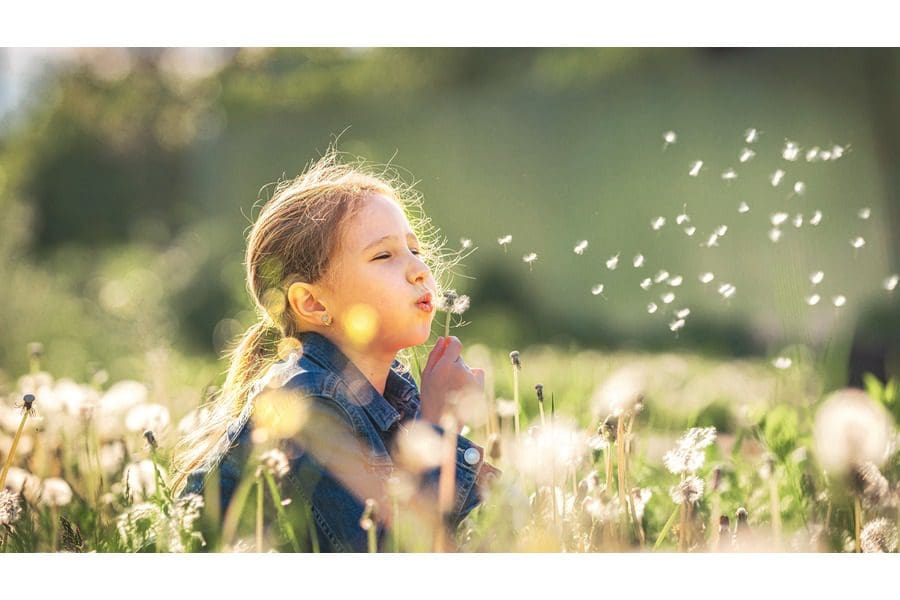Spring may be the start of nicer weather, but it’s also the beginning of allergy season, which can really put a damper on fun in the sun. In this article, we will discuss seasonal allergy symptoms and some of the most effective ways to get relief.
Common Seasonal Allergy Symptoms
Mild to severe symptoms may appear if you’re dealing with seasonal allergies. Some include:
- Sneezing
- Runny/stuffy nose
- Watery/itchy eyes
- Itchy sinuses
- Scratchy throat
- Scratchy ear canals
- Ear congestion
- Postnasal drip
Additional symptoms can be found here.
Common Triggers of Seasonal Allergies
Grass, pollen, and mold are the most common seasonal-related allergy triggers, but there are other causes, including:
- Smoke from campfires and fireplaces
- Insect bites and stings
- Chlorine in pools
How to Get Relief
- Oral antihistamines can relieve sneezing, itching, watery eyes, and stuffy nose. Look for brand names like Zyrtec, Allegra, and Claritin (or their generic counterparts: cetirizine, fexofenadine, and loratadine).
- Showering can get rid of allergy triggers from your hair and body. Change your clothes after being outdoors and put them straight into the washing machine.
- Keep windows and doors shut. Pollen can’t enter your home if you don’t give it access. Obtain maximum results by installing a HEPA filter on your A/C.
- Use a neti-pot to rinse your nasal passageways and remove mucus. You’ll eliminate congestion and itchiness while whisking away bacteria.
- Alternative treatments may work, but that depends on the person and their immune system. For example, you can try Lactobacillus acidophilus, the friendly bacteria found in yogurt. You can also increase your daily vitamin C dosage, as it has natural antihistamine properties.






